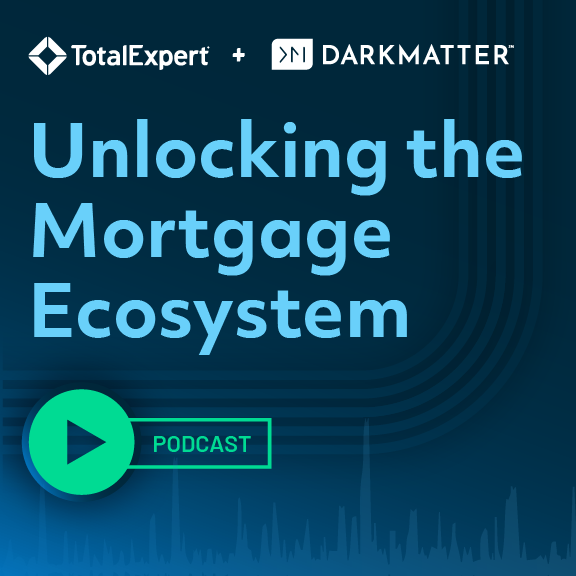By James Robert Lay, CEO, Digital Growth Institute
Change.
How does this word make you feel?
Excited and energized?
Or perhaps change might feel frustrating, scary, and even painful.
What about your team? How do your colleagues handle change? Do they embrace it? Or do they fear or fight it?
What about your financial brand as a whole?
One of the greatest lessons we can all take going forward into the future when reflecting on the COVID experience we’ve all journeyed through over the past couple of years is that we as individuals, teams, and organizations are capable of exponential change.
I’ve predicted since the start of the pandemic that COVID is nothing more than a warm-up for all of the exponential changes we will experience over the next decade because as Peter Diamandis wrote, The Future is Faster Than You Think.
Individuals, teams, and organizations that increase and strengthen their AQ (Adaptability Quotient) will be far nimbler and quicker to adjust to environmental and market changes –at both macro and micro levels– that will directly impact how financial brands market and sell their products and services.
Four Simple Steps to Create the Future with Confidence
While Peter Diamandis notes The Future is Faster Than You Think, it is no wonder exponential change can feel frustrating, scary, and overwhelming.
However, we can also learn from the wisdom of Abraham Lincoln who once wrote, “The best way to predict the future is to create it.”
You can confidently create the future of marketing and sales at your financial brand by committing to a journey through four Exponential Growth Environments –four simple steps– every 90 days:
- Step 1: Learn
- Step 2: Think
- Step 3: Do
- Step 4: Review
In fact, each one of these four steps helps you directly overcome four common barriers that hold financial brands back from maximizing their future growth potential:
- Fear of the unknown
- Fear change
- Fear of failure
- Fear of success
Let’s break each one of these four steps and four fears down further to provide you with additional clarity going forward on your own journey of growth.
Step 1: Overcome the fear of the unknown by taking time to always learn something new
As the world of marketing and sales continues to change at an ever-faster pace, learning—and the exponential clarity that comes from it—is the antithesis to fear of the unknown. The future of marketing and sales for your financial brand doesn’t seem so scary when you have an idea of what the future looks like, and opportunities are available for you to capture.
Create space and time each week (5 hours) to continuously learn and gain clarity into future marketing and sales opportunities through an abundance of knowledge available at your fingertips with articles, books, podcasts, and videos.
Bonus: Maximize your time by committing to exercise your body while you exercise your mind through podcasts like Expert Insights and Banking on Digital Growth.
Step 2: Overcome the fear of change by taking time to think
Once you have clarity about the future opportunities available for your financial brand to create or capture, you must then apply the insights you have learned.
This is where the second Exponential Growth Environment—thinking—comes into play. Because it is through thinking you overcome the fear of change as you confidently define future growth strategies while developing marketing and sales systems that lead to exponential future growth.
However, strategic thinking can no longer be reserved for some far-off annual event. The world is moving far too quickly as COVID has shown us. The opportunity is to take time to think at a strategic level at least once every 90 days to review what you’ve learned while then thinking through how to apply those learnings over the next 90 days.
Step 3: Overcome the fear of failure by committing to do what you’ve thought about
Now you’re ready to apply your strategic thinking in the third Exponential Growth Environment: Doing. This is where you transform and optimize your marketing and sales systems every 90 days as you are guided and informed by your strategic thinking along with an ever-increasing understanding of data, analytics, and insights.
However, be careful to not get stuck “doing” digital.
There’s nothing wrong with doing per se. If no one did anything, nothing would ever get done. But the problem with always being stuck in doing is that doing is really all about the present moment—not the future.
Step 4: Overcome the fear of success by reviewing what you’ve done
Finally, in the fourth and last Exponential Growth Environment, you create space and time to break free from doing digital as you review and reflect on everything you’ve done over the previous 90 days.
Take time to pause to celebrate the marketing and sales progress you’ve made together as a team and organization.
You can also use this time to start the next cycle as you review, reflect, and learn from what you’ve done as digital growth is a process of continuous optimization. What value did our marketing and sales create? What’s working well? What lessons have we learned? What can be even better going forward into the next 90-day period?
Commit to Repeat These Four Steps Every 90 days
Traditionally, financial brands go through an annual strategic planning process, but this is no longer a viable path forward when it comes to marketing and sales, especially considering how fast the world is moving now with digital. We need to shorten the learning curve—and shorten the strategic growth model to ninety days.
Over the ninety-day period, you will create space and time, guided by the Exponential Growth Environments, as you ask: What new insights are we learning and gaining this quarter? How are we applying these insights to develop new marketing and sales strategies, systems, and processes? What must we commit to do next as we apply these new strategies?
As you move forward on your own digital growth journey, share these insights with your marketing and sales team to navigate the complexity of exponential change together as you all maximize your future growth potential with confidence.


